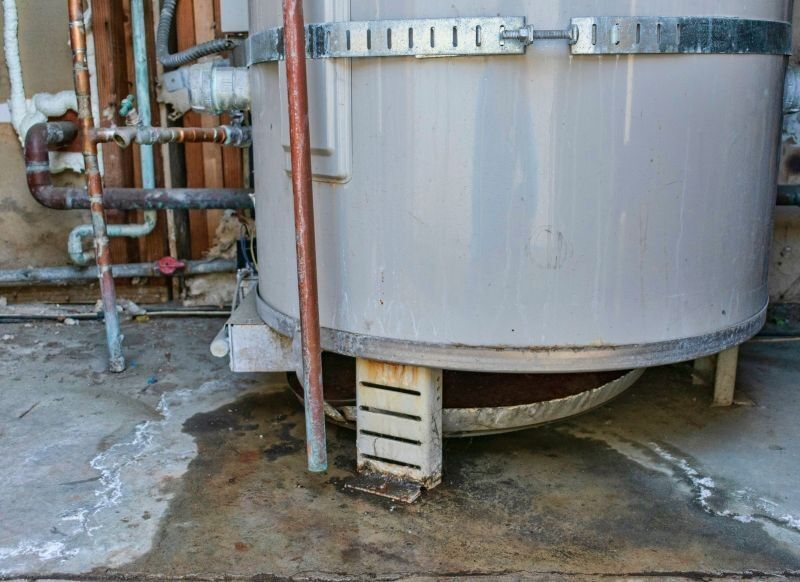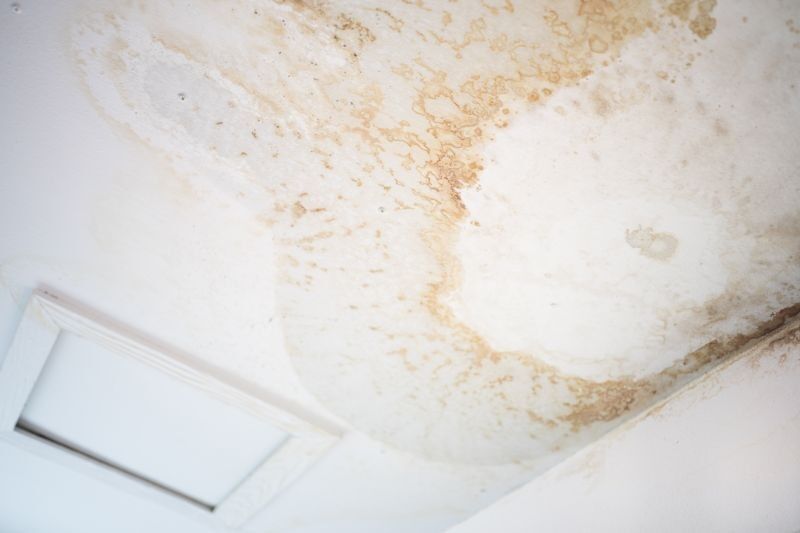
The Science behind Mold Growth in Water-Damaged Areas
In water-damaged areas, one of the most concerning issues is the growth of mold. Mold is a type of fungi that thrives in moist environments and can reproduce rapidly under the right conditions. Understanding the science behind mold growth is crucial in preventing further damage and ensuring a safe living or working environment.
How Does Mold Form in Water-Damaged Areas?

Mold spores are present in the air both indoors and outdoors. When these spores land on a wet or damp surface, they begin to grow and multiply. Water-damaged areas provide the ideal conditions for mold growth, as they offer the necessary moisture and nutrients for the spores to thrive.
When water accumulates in a building due to flooding, leaks, or high humidity levels, it creates an environment conducive to mold growth. Mold can develop on various surfaces, including walls, ceilings, carpets, furniture, and even in hidden areas such as behind walls or under flooring.
The Impact of Mold Growth
The presence of mold in water-damaged areas can have significant consequences for both your health and your property. Mold releases tiny spores into the air, which can be inhaled and cause allergic reactions, respiratory issues, and other health problems. People with pre-existing respiratory conditions, allergies, or weakened immune systems are particularly susceptible to these effects.
Additionally, mold can cause structural damage to your property. It can deteriorate wood, drywall, and other materials, leading to costly repairs or even structural instability. Mold can also produce unpleasant odors and stains, making affected areas unsightly.

The Role of Mold Remediation in Water Damage Restoration
To address mold growth in water-damaged areas, mold remediation is necessary. Mold remediation involves the identification, containment, and removal of mold to restore a safe and healthy environment. This process typically includes:
1. Assessment: A professional mold remediation specialist will assess the extent of the mold damage and determine the appropriate course of action.
2. Containment: Containing the affected area is crucial to prevent the spread of mold spores to other parts of the building. This may involve the use of physical barriers and negative air pressure systems.
3. Removal: Mold-infested materials, such as drywall, carpeting, or insulation, may need to be removed and replaced. Thorough cleaning of the remaining surfaces is also necessary to ensure complete mold removal.
4. Drying and Dehumidification: The source of moisture that caused the water damage must be addressed to prevent future mold growth. Drying and dehumidifying the area is essential to restore proper moisture levels.
5. Prevention Measures: To prevent mold from returning, it is essential to address any underlying water issues, such as leaks or high humidity. Proper ventilation and regular inspections can also help prevent future water damage and mold growth.
Maintaining a Safe and Healthy Environment
Water damage restoration, including mold remediation, is crucial not only for the structural integrity of your property but also for the health and well-being of its occupants. By understanding the science behind mold growth and taking prompt action in water-damaged areas, you can mitigate further damage and maintain a safe and healthy environment.
If you require professional assistance with water damage restoration and mold remediation, contact JGW Group Water Damage Restoration Deerfield Beach. Their experienced team specializes in emergency water removal, mold remediation, and water damage repair. With their expertise and state-of-the-art equipment, they can effectively restore your property and ensure a safe living or working environment.
What are the health risks associated with mold in water-damaged areas?
How can water damage restoration prevent mold growth?
Important Facts and Statistics about Water Damage Restoration, Flood Cleanup, and Mold:
- Water damage affects over one trillion gallons of water every year in the United States alone.
- Flooding can lead to mold growth within 24 hours if not addressed promptly.
- Mold can cause structural damage to buildings and pose health risks to occupants.
- The price range for water damage restoration typically falls between $1,240 and $5,342.
- Minor water leaks and drips can waste over 90 gallons of water each day, resulting in increased water bills.
- Mold remediation is essential in preventing further damage and maintaining a safe and healthy environment.
Sources:



